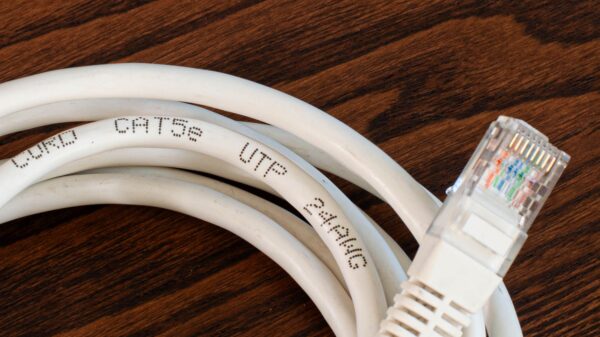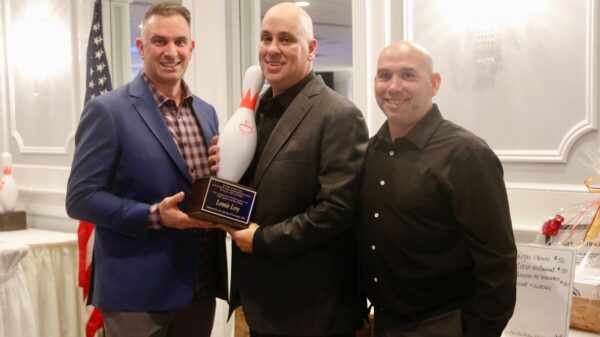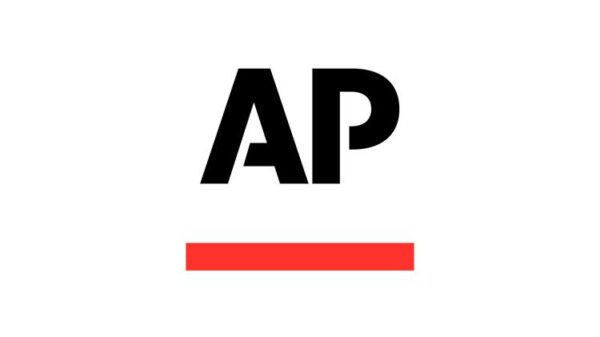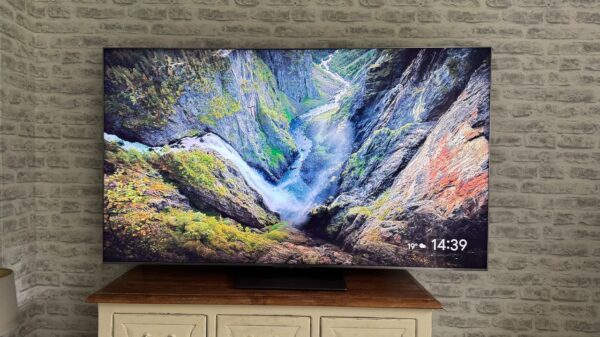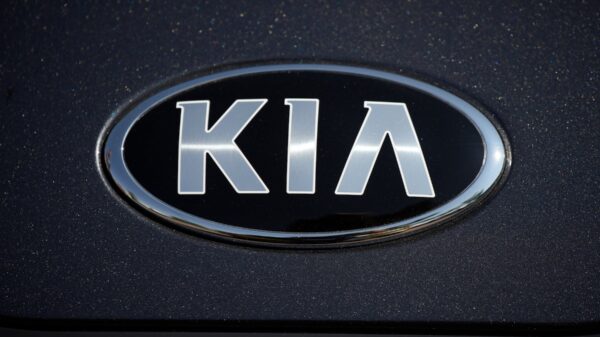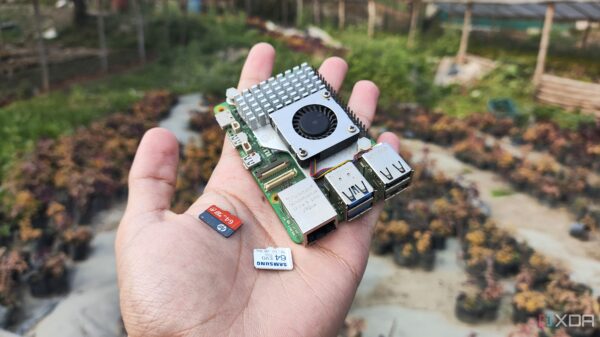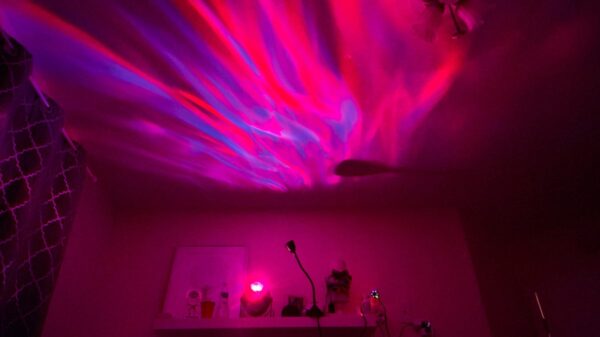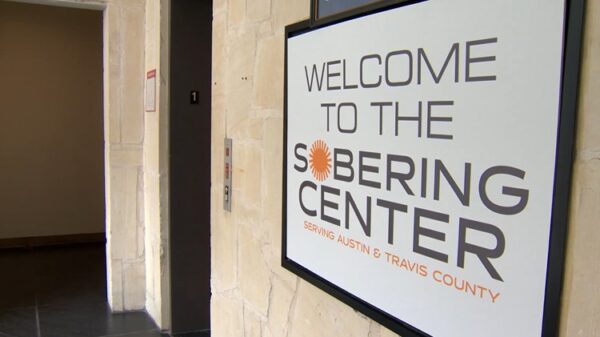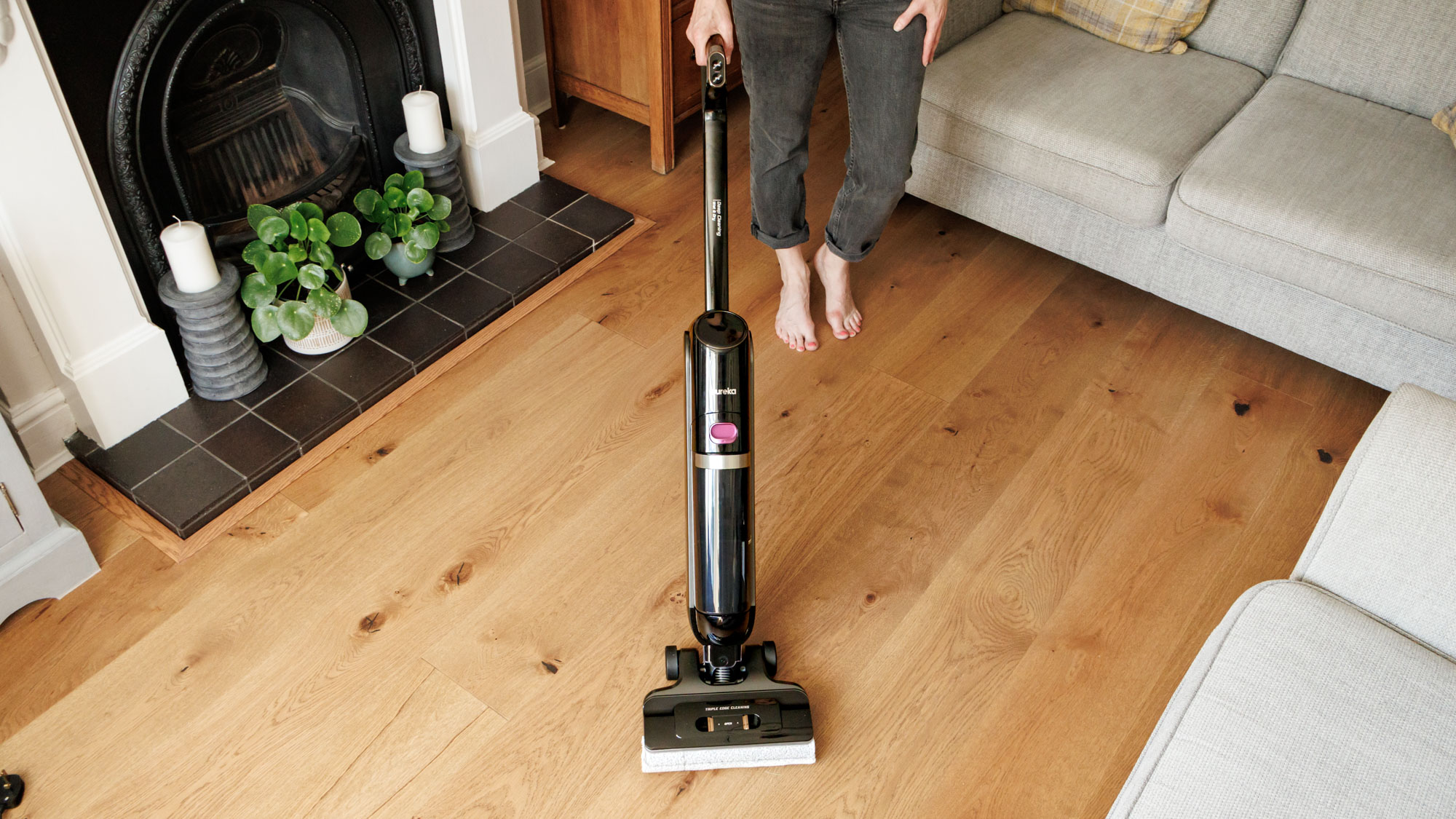The Eureka RapidWash 730 has entered the market as a promising solution for maintaining hard floors, particularly in homes with various types of flooring. Recently, I had the opportunity to test this wet and dry vacuum cleaner in my own home, where the downstairs is predominantly hard flooring. Despite regular vacuuming, I often found that a thorough clean required the additional effort of mopping with soap and water.
Having recently replaced the floorboards in my home, I approached the Eureka with caution, concerned about the potential damage from excessive moisture. My previous boards were in such poor condition that water damage would have gone unnoticed. In contrast, any marks on the new flooring would be glaringly evident. Therefore, I was eager to see how the Eureka RapidWash 730 performed in comparison to the Tineco Floor One S6, which I had previously tested.
Initial Impressions and Setup
Setting up the Eureka RapidWash 730 was straightforward. The unit arrived well-packaged, and I found it easy to assemble without relying heavily on the instructions. This ease of setup earned it a high rating from me, marking a positive start to the testing process.
The design of the Eureka was strikingly similar to that of the Tineco. From the water container to the brush roller section, it felt as if I was using a familiar device. Despite these similarities, I noticed a few key differences that may influence user preference.
Performance and Usability
One of the first aspects I noticed was the weight of the unit. At 11.46 pounds (5.2 kg), the Eureka felt significantly heavier during use compared to the Tineco, which weighs 9.92 pounds (4.5 kg). This additional weight provided a sense of sturdiness, making it grip the floor more effectively. However, it also presented a challenge, as I found myself exerting more effort than anticipated, leading me to reconsider my gym routine.
The Eureka boasts a powerful suction of 21.6Kpa, which contributed to effective cleaning results. I was pleased to find that it distributed the right amount of water without overwhelming the floorboards, and the drying time was satisfactory.
Using the controls was another area where the Eureka excelled compared to the Tineco. I found the buttons intuitive and straightforward, which is a significant advantage during operation. Both models offer an option to toggle voice mode on or off, a feature I chose to keep enabled for helpful reminders regarding dirty water disposal and recharging.
Overall, my initial experiences with the Eureka RapidWash 730 have been promising. I will continue testing its capabilities and will provide a comprehensive review detailing its performance in various cleaning scenarios.
As consumers increasingly seek efficient cleaning solutions, the Eureka RapidWash 730 presents itself as a noteworthy contender in the realm of wet and dry vacuum cleaners. With its robust features and user-friendly design, it may well become a staple in households looking to maintain pristine hard floors.


